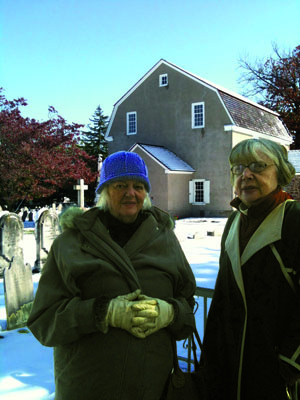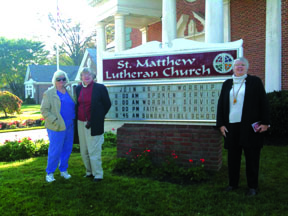![]() Social Media Ministry can be run on a shoestring, but if you want to develop your ministry faster you may want to allow some money to give you some options. Here are some costs you can anticipate.
Social Media Ministry can be run on a shoestring, but if you want to develop your ministry faster you may want to allow some money to give you some options. Here are some costs you can anticipate.
- Hosting and registration of a domain name (web address): $25
This is the only cost on this list that is absolutely necessary. - Purchase of a theme: $50 (Themes are templates designed to look good, add functionality and make blogging easy and accessible to anyone. There are many FREE themes available.)
- Purchase of a digital camera: $100
- Purchase of a video camera: $250
- An allowance for occasional guest bloggers: $50 per post ($100 per month ought to be enough). If you build good relationships, many will offer to contribute freely. Barter! It works! Be sure to give proper credit and a link.
- You might want to allow $500-1000 per year for some design and programming expertise. A designer could make sure you have an attractive header and give you some guidance on the use of colors and fonts. A programmer can help you over some of the interactivity hurdles as you get more sophisticated with your Social Media Outreach.
- It is helpful to allow a small budget for the purchase of stock photography which is proven to increase readership. Istock.com is a good source and very inexpensive. You buy bundles of points which cost about $1.50 per point. Many photos (the size you need for the web) cost just one point. $20 per month is ample. (You can take your own photos!)
Adding all of these items together, a starting annual budget of $3000 is more than adequate. You can get started for much less!
2×2 started this site in February 2011 for $25. We’ve purchased about $10 worth of stock photography. We purchased two guidebooks for about $25 each. We use cameras our members already own. That is our total investment so far — eight months later.
Training
You can pay for training and how-to books, but there is abundant help available for free on the web. This is a reliable avenue. Information can become outdated faster than books can be published.
There is some comfort in having a book nearby. Teach Yourself Visually WordPress gave us a jumpstart. It’s step-by-step illustrated approach is very helpful. WordPress for Dummies is the other book we have on hand. We found an ancient guide to html that is useful, but lately we’ve just googled what we want to know and found answers easily. Cut and paste the code and eliminate typos!
Don’t let this talk about code scare you. Most code is built into the blogging platform and you won’t need to know any code. There are times when it is helpful, but it is not necessary.
Online webinars are very helpful. We’ve referred you to socialmediaexaminer.com and hubspot.com before. They are great places to start learning Social Media. Both provide much information for free. SocialMediaExaminer runs quarterly webinar series which cost between $200-$400. Hours of trainings are available for a full calendar year. An online community grows around these trainings which is very helpful. Hubspot sells analytical software but makes TONS of information available for free. Visit their site and look for ebooks and recorded webinars. Both sites will point you to other good resources as well. They practice what they preach and are models for what you will be trying to do with your web site!
Hiring a Social Media Manager
As your Social Media Ministry takes off, you may want to hire a Social Media Manager, but don’t worry about that to start. A manager would help maintain the editorial calendar, see that blog posts were written and coordinated with Facebook and Twitter, analyze your Social Media’s performance, and (with your committee) strategize to maximize your site’s success. This is a strength of Social Media Ministry. You can measure results, and what you can measure, you can improve.
A Social Media Ministry Manager is foreign to most church budgets, but the addition of these skills to your leadership team could mean as much to a congregation’s ministry as an organist, choir director, youth minister or other church professional. Aim for it! (But don’t wait until you can afford it to get started!) This is a topic which deserves its own post. Watch for it!
Using Analytics
Another potential budget consideration is to subscribe to a metrics program, which will give you real time reports on the effectiveness of your site. (It is interesting that people in this field talk about web sites leading to conversion. While they mean purchases of services/products, churches have used this language for decades.)
Using the internet makes it possible to analyze the effectiveness of your ministry and lead you toward measurable ministry solutions. No more sitting around at committee meetings and guessing what might work. You’ll have answers.
2×2 is looking into this now! We’ll share our experience in later posts.







